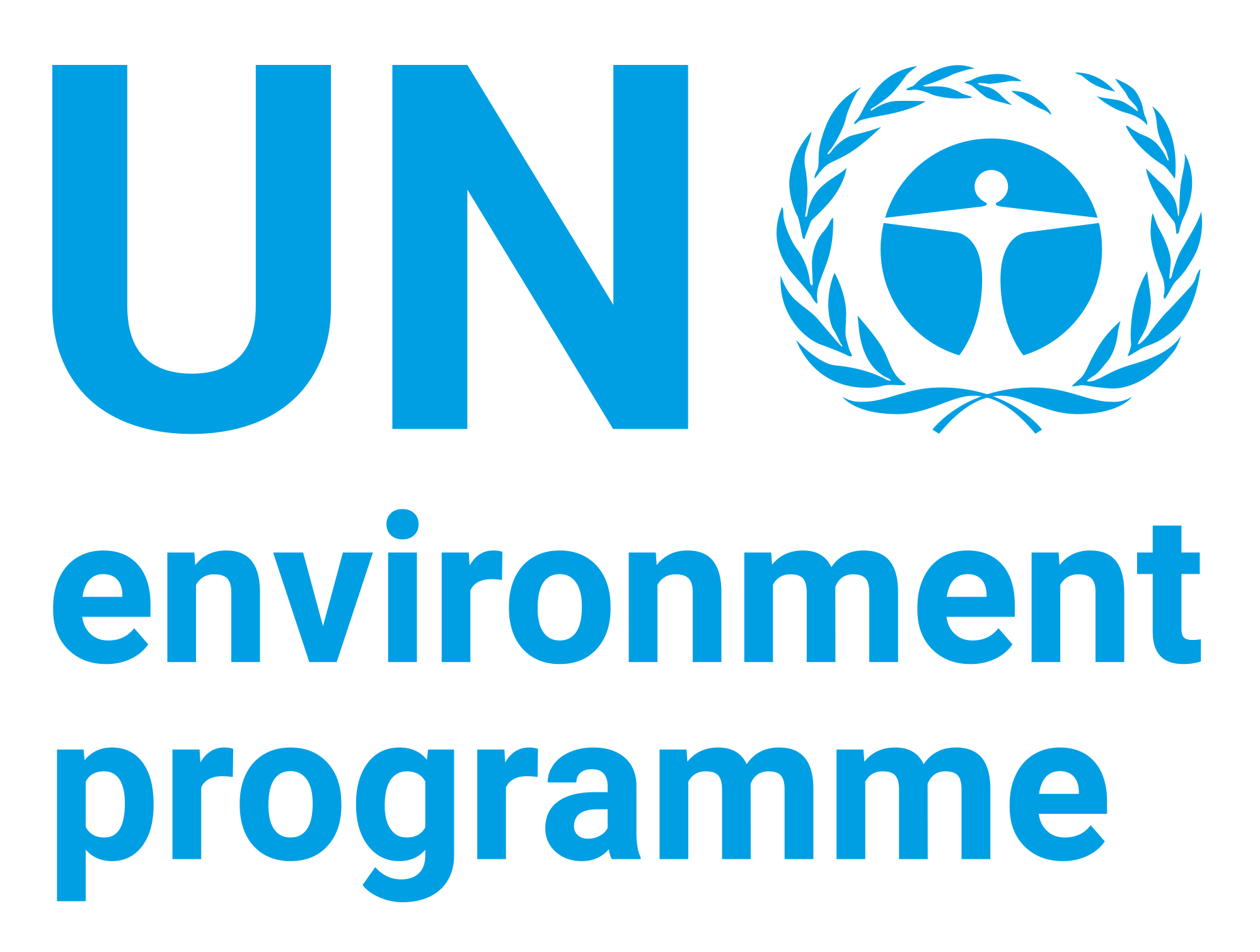| dc.contributor | Economy Division | en_US |
| dc.contributor.author | United Nations Environment Programme | en_US |
| dc.contributor.author | World Health Organization | en_US |
| dc.date.accessioned | 2019-08-20T20:36:54Z | |
| dc.date.available | 2019-08-20T20:36:54Z | |
| dc.date.issued | 1980 | |
| dc.identifier.isbn | 92 4 154072 9 | en_US |
| dc.identifier.uri | https://wedocs.unep.org/20.500.11822/29536 | |
| dc.description | Noise is considered to be any unwanted sound that may adversely affect the health and wellbeing of individuals or populations. Physically, sound is a mechanical disturbance propagated as a longitudinal wave motion in air and other elastic or mechanical media, such as water or steel. Its main features are sound intensity, measured as sound pressure, and frequency spectrum indicating the distribution of the total sound over high and low frequencies. The spectrum is important with respect to the effects of noise on people and with respect to the engineering costs to reduce the noise. | en_US |
| dc.format | Text | en_US |
| dc.language | English | en_US |
| dc.rights | Public | en_US |
| dc.subject | environmental health | en_US |
| dc.subject | noise pollution | en_US |
| dc.subject | noise control | en_US |
| dc.title | Noise: Executive Summary- Environmental Health Criteria 12 | en_US |



